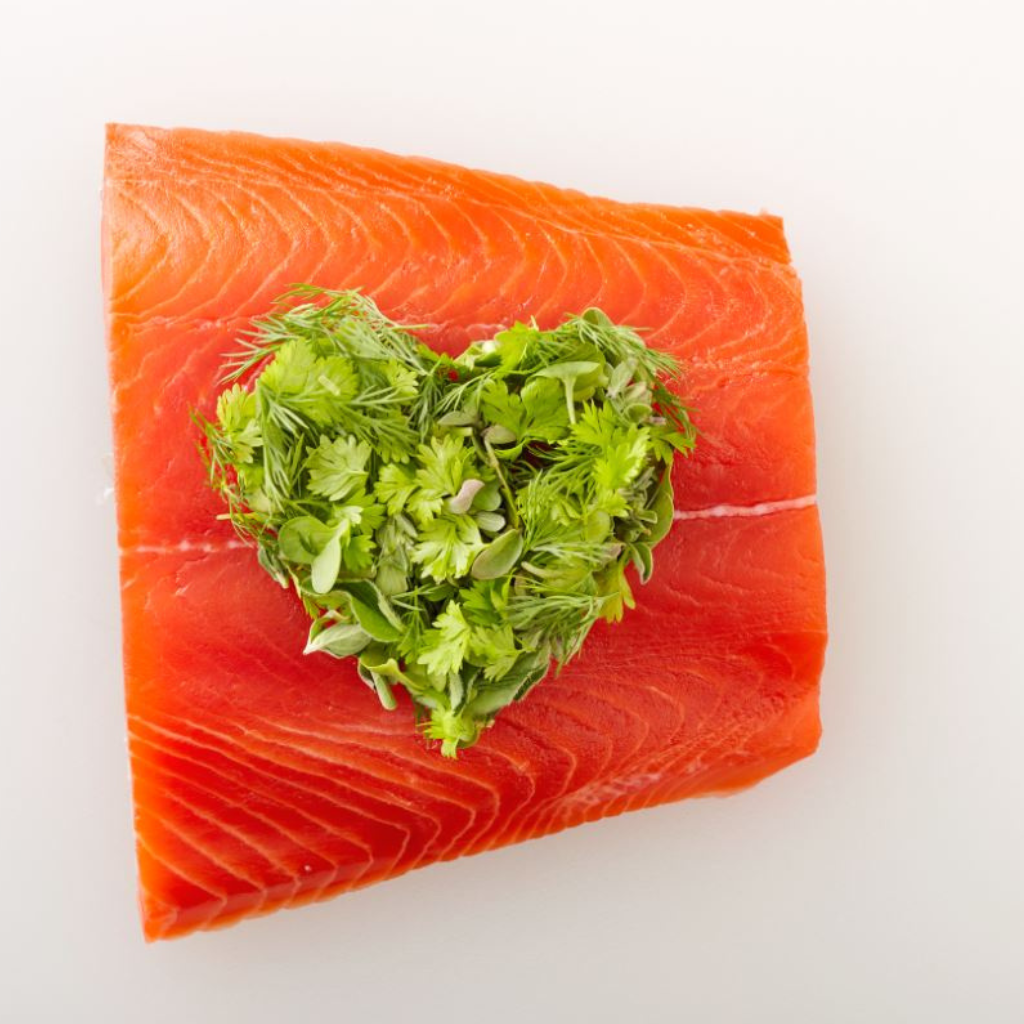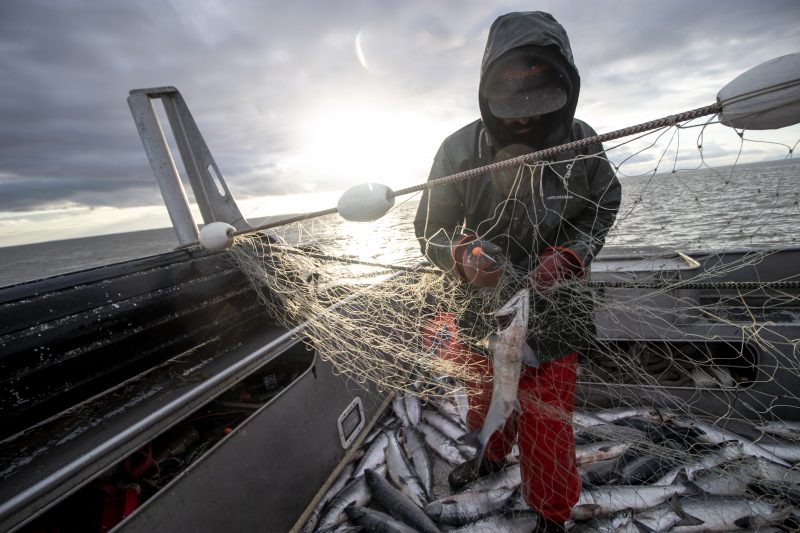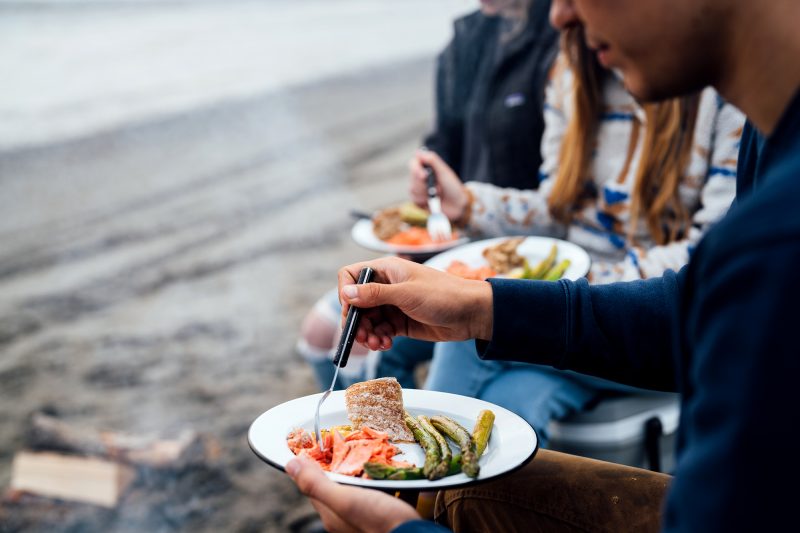As we become more conscious of our effect on the earth, sustainable practices such as seafood harvesting and fishing become more important. Overfishing, illegal fishing, and unsustainable practices are polluting our waters, killing unnecessary amounts of marine life, and ruining our ecosystems
Are you curious about living a more sustainable life including eating sustainably? Let’s check out the details on what sustainable seafood is and where you can find it.
What Is Sustainable Seafood?
Seafood is a tricky business. In order to ensure that a population of fish can sustain future generations, fisheries must make sure that not too many individuals are harvested at one time. Sustainable seafood comes to us by way of responsible fishing so that there is minimal damage done to our aqua environment, and that we have a long-term vision of what will be available in the future.
Unsustainable Seafood
It is so easy to pollute the waters with improper practices. Boat usage, dumping waste into the water, and harvesting irresponsibly can all factor in. When we are not mindful of our effect on the aquaculture, we can have detrimental effects on it which not only pollute the waters but ruin our chances of having fresh seafood to catch in the future.
Fish Farms
So, within the seafood market, there are two main types of seafood. There is wild-caught, which means that the seafood was born and grew up living out in the wild waters. The other type is farm-raised seafood which was (as it sounds) bred and controlled with hormones and never allowed to live in the open water which gives seafood its beneficial nutrients and natural life.
Why We Should Eat Sustainably Caught Seafood
Eating sustainably sourced seafood is a responsible way to enjoy the bounty of the waters. When we purchase sustainable seafood we are helping to not only keep the companies with good business practices in business but also promoting healthier aquaculture with our responsible purchase.
While sustainably caught seafood is the healthier option for us, it is also a healthier option for marine life. Eating seafood that gets caught in an unsustainable manner can easily produce an over-harvested and damaged marine ecosystem.
Tasting the Difference
Is there a flavor difference between sustainably caught seafood and unsustainably caught seafood? Discerning palates would say yes. The most significant difference is that typically a company that has sustainability in mind is cleaner and more efficient with their harvesting practices and storage of the seafood.
When we order sustainable seafood online or buy it in person, it is completely different from when we are ordering it at a restaurant. Dining out is unique because we have no idea where our meal comes from; we are at the mercy of the restaurant.
It is our responsibility to choose sustainable businesses that care as much about the aquaculture and environment as we do, and to make sure that what is on our plate is an option that is aligned with ours. How do you learn more about where the restaurant gets its seafood, and whether it is sustainably sourced, or not? Do your research before ordering and ask the server to find out if they don’t already know the answer.
Recipes
The beautiful thing about cooking with sustainable seafood is learning about new recipes and seeing your creations become amazing dishes that you can serve to your friends and family. Seafood pairs well with many other flavors, and are versatile to many styles of cooking.
Make it a part of a healthy diet due to its richness in healthy oils. It is low in saturated fats and packed with vitamins and nutrients that your body needs.
Whether it be sauteed with vegetables or simmered into a tasty stew, seafood is often best when cooked at a lower temperature, or else it could have an unpleasant texture and you may cook out all of the healthy nutrients. Fish tacos are an excellent way to pair seasoned fish with fresh vegetables, and you can top them any way you like!
Seafood Nutrition
Let’s talk about the nutritional value of sustainably caught seafood. For instance, wild-caught salmon is an all-natural great example of omega-3 fats which can help to lower high blood pressure, and is an amazing source of essential vitamins such as B-12, A, C, D, E, and more!
Overall, sustainable seafood is considered to be the most environmentally friendly way to get our daily protein intake.
Storing Seafood
Properly stored seafood is important because seafood is susceptible to food-borne illness and bacteria contamination that will make you sick if consumed. It is ok for seafood to sit at room temperature for up to two hours before being cooked, refrigerated, or frozen. After that, it should be thrown away.
Seafood should be refrigerated for only a few days before it is frozen or cooked. Fridge temperatures should be around 40 degrees, and frozen should be 0 degrees. Really… the colder the better.
Sustainable seafood is shipped in an insulated box with a ton of dry ice which will ensure that your seafood arrives frozen no matter what time of year you order it.
Enjoying the Bounty of the Seas
Taking responsibility for the effect that humans are having on our planet should be every one of our goals moving forward. If you can’t harvest your own seafood, then you should be choosing a company that lives by sustainable practices. Check out a leader in sustainable seafood Wild Alaska Salmon & Seafood Company.


